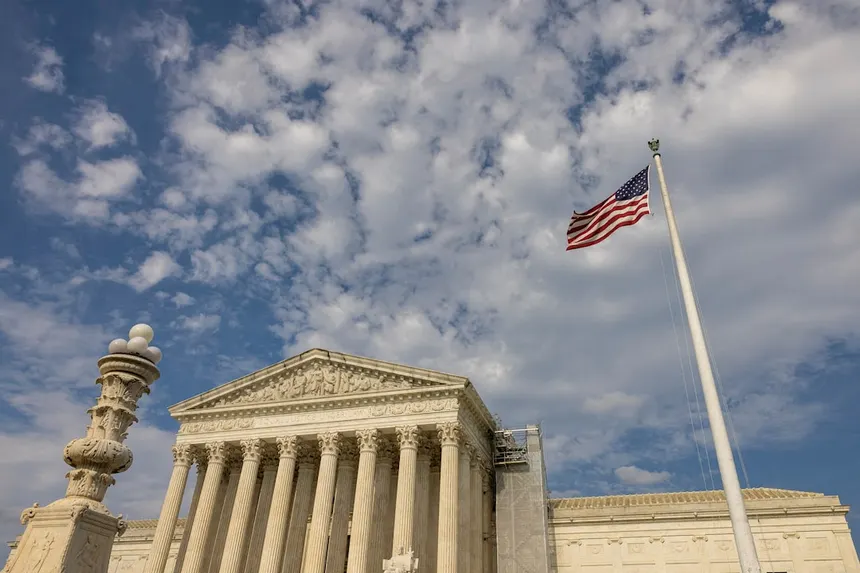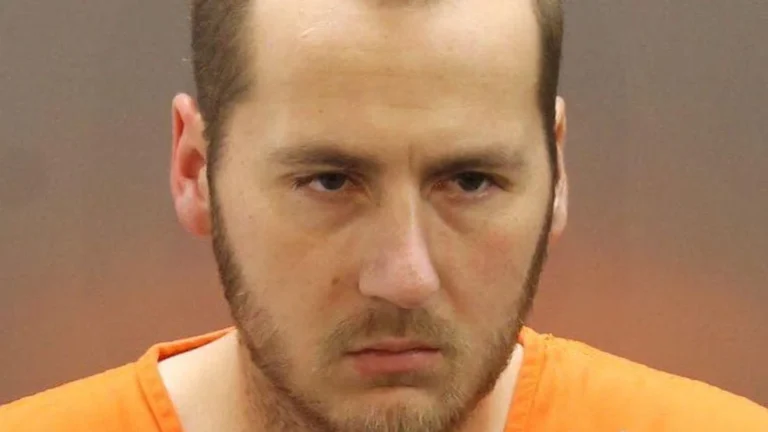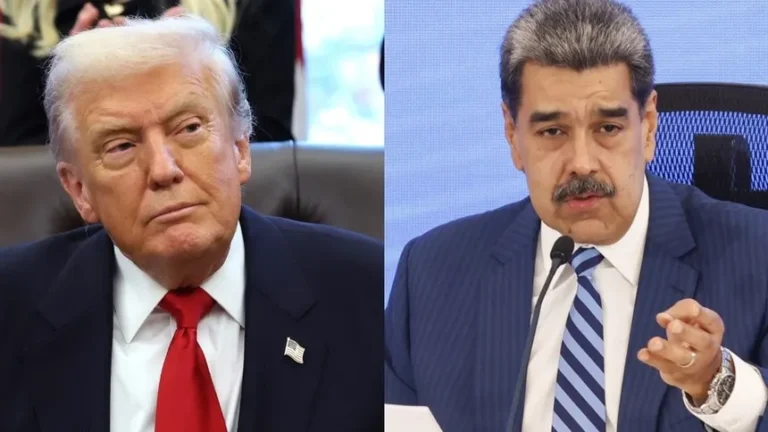
Court Sides With Trump on Education Department Workforce Cuts
The U.S. Supreme Court on Monday ruled in favor of the Trump administration, allowing it to move forward with layoffs at the Department of Education. The 6–3 decision lifts a lower court’s order that had temporarily reinstated approximately 1,400 employees affected by earlier cuts.
The ruling comes as part of McMahon v. State of New York, a case filed by Democratic-led states challenging the administration’s move to downsize and eventually close the federal agency.
Trump Celebrates Ruling as Step Toward States’ Control
President Donald Trump praised the decision on Truth Social, calling it a “major victory” for parents and students.
“The United States Supreme Court has handed a Major Victory to Parents and Students across the Country, by declaring the Trump Administration may proceed on returning the functions of the Department of Education BACK TO THE STATES,” Trump wrote.
Education Secretary Linda McMahon also welcomed the decision, stating that the department would continue to meet its legal obligations while “eliminating the bureaucracy responsibly.”
Layoffs Part of Broader Plan to Restructure Federal Education Role
In March, McMahon announced that roughly half of the department’s employees would be laid off, aligning with Trump’s stated goal of dismantling the federal agency and shifting authority over education to individual states. Later that month, Trump signed an executive order formalizing plans to close the department entirely, which would still require Congressional approval.
Critics argue the layoffs hinder the department’s ability to fulfill federally mandated duties, such as overseeing accreditation for higher education institutions. A lower court judge in May sided with plaintiffs, describing the administration’s actions as an attempt to circumvent the law.
Dissent Warns Against Executive Overreach
Justice Sonia Sotomayor, writing for the dissent, called the majority’s decision “indefensible,” stating:
“When the Executive publicly announces its intent to break the law, and then executes on that promise, it is the Judiciary’s duty to check that lawlessness, not expedite it.”
Despite criticism, McMahon maintained that programs for students, borrowers, and special education would remain funded and operational during the transition.
Next Steps
While the Supreme Court’s decision enables the administration to proceed for now, fully closing the department would still require legislative action. McMahon vowed to work through Congress to ensure an orderly, lawful transition.





